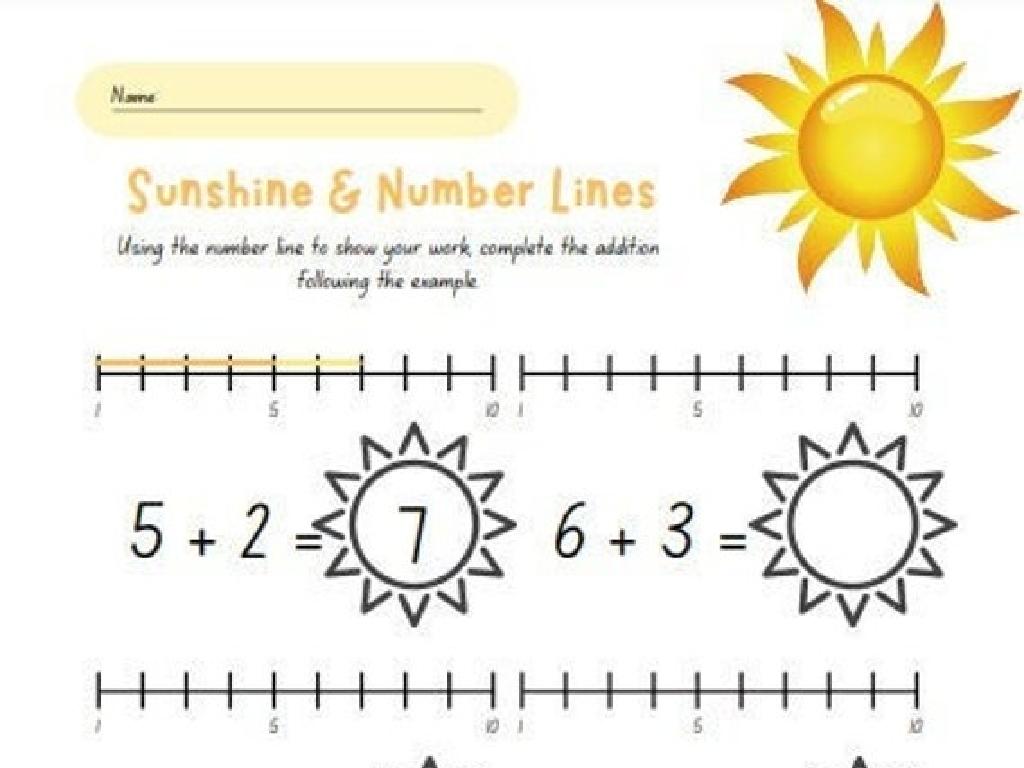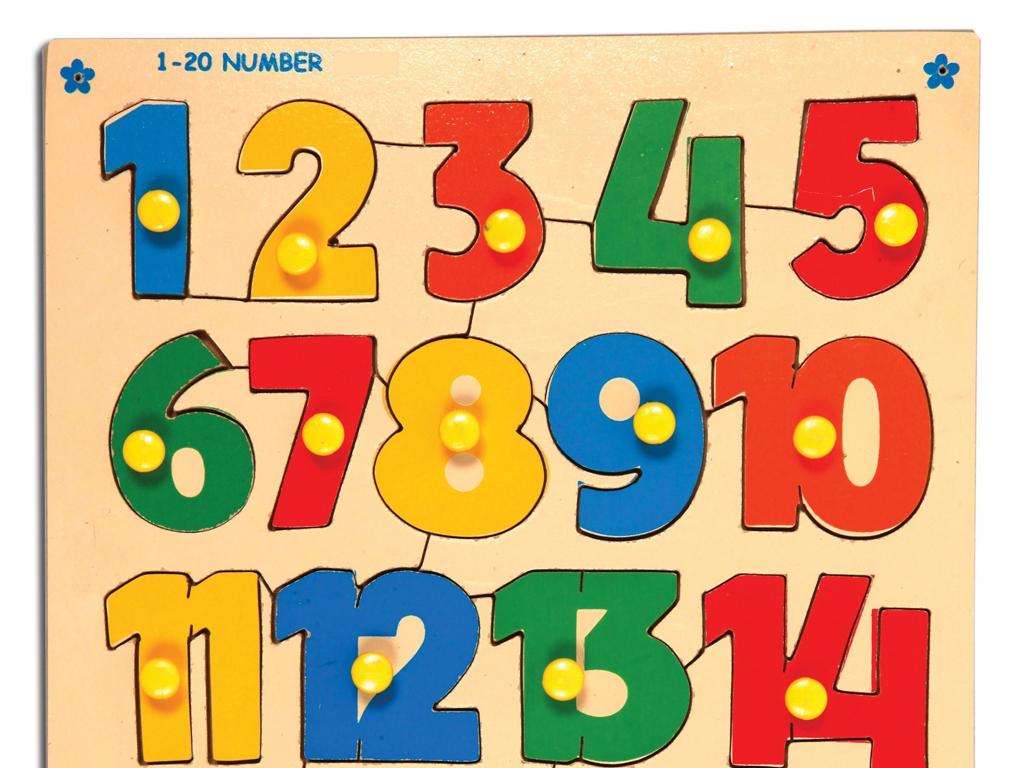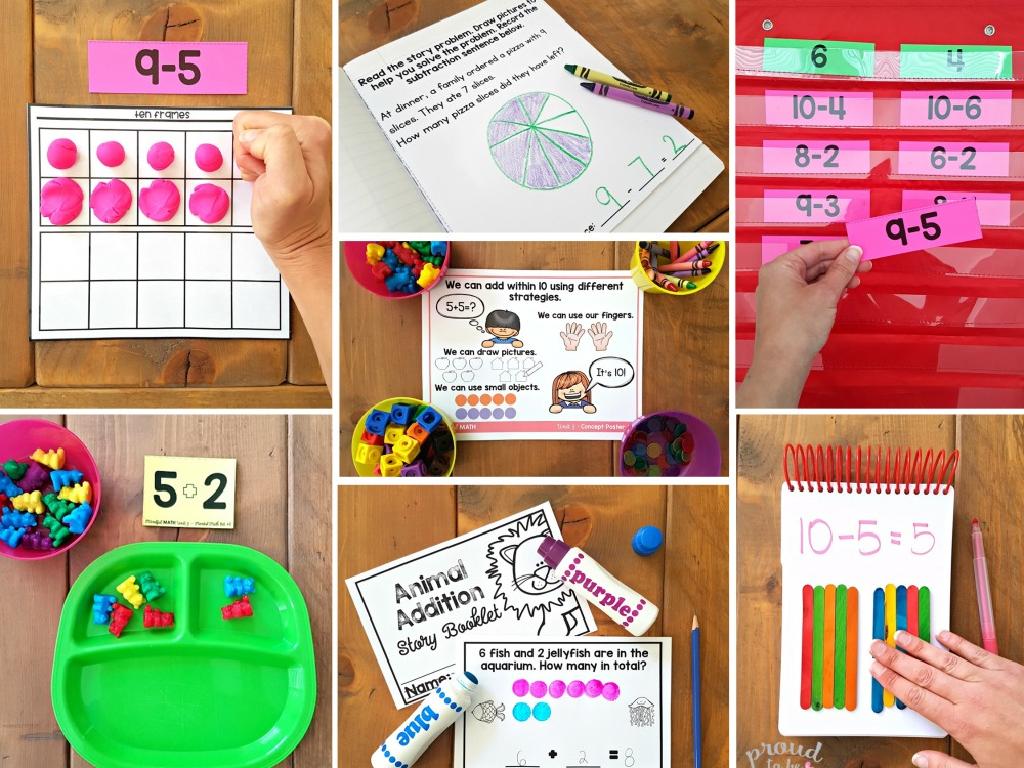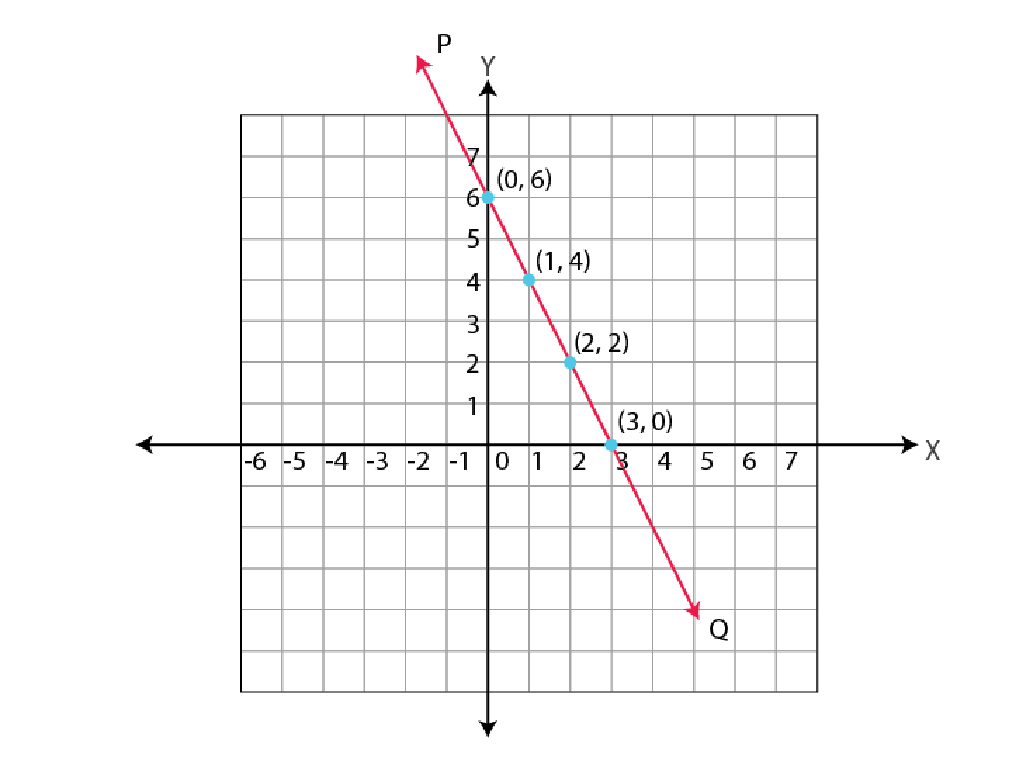What Comes Next?
Subject: Math
Grade: Pre-k
Topic: Patterns
Please LOG IN to download the presentation. Access is available to registered users only.
View More Content
Welcome to Patterns!
– Greetings, little learners!
– Let’s play with patterns
– Patterns are sequences that repeat
– Spot the next in a pattern
– Look for the sequence and guess what comes next
– Patterns are everywhere
– Find patterns in nature, art, and music
|
This slide is designed to introduce Pre-K students to the concept of patterns. Start the lesson with a warm and friendly greeting to make the children feel comfortable. Explain that a pattern is a sequence that repeats, and we can play a game to spot what comes next. Encourage the children to observe their surroundings and notice patterns that occur naturally in their environment, such as the petals on a flower or the arrangement of tiles on the floor. Use simple and clear examples to show a pattern and ask the children to guess what comes next. This interactive approach will help them understand patterns and recognize them in various contexts.
Exploring Patterns
– Understanding patterns
– A pattern repeats in a specific way.
– Patterns with colors and shapes
– Red, blue, red, blue is a color pattern.
– Recognizing patterns in objects
– Like a line of different toy cars.
– Practice finding patterns
– We’ll look at patterns and guess what comes next!
|
This slide introduces the concept of patterns to Pre-K students. Start by explaining that a pattern is a sequence that repeats in a certain way, which can be predictable. Use simple and relatable examples like alternating colors or a sequence of shapes to illustrate patterns. Show them physical objects arranged in a pattern and ask them to identify the repetition. Engage the students by asking them to predict what comes next in a pattern. This interactive approach helps them recognize and understand patterns in a fun and educational manner. Encourage the students to create their own patterns using classroom materials for hands-on learning.
Color Patterns: What Comes Next?
– Observe the red and blue blocks
– Understand the pattern sequence
– A pattern is a design that repeats.
– Predict the next block’s color
– Use the pattern to guess the next color.
– Red, blue, red, blue, what’s next?
|
This slide is designed to introduce Pre-K students to the concept of patterns using a simple color sequence. Start by showing them a line of alternating red and blue blocks. Ask the students to observe the sequence and see if they can identify the pattern. Explain that a pattern is something that repeats in a predictable way. Then, challenge them to predict what color would come next in the sequence. Encourage them to verbalize their thought process and reasoning. This activity helps develop critical thinking and pattern recognition skills. For the activity, you can have different sets of colored blocks for students to create their own patterns, or have printed sheets with color sequences for them to complete.
Fun with Shape Patterns
– Let’s play with shapes!
– Circle and square pattern
– A circle, then a square, then repeat!
– What follows the square?
– Can you guess the next shape in line?
– Circle, square, what’s next?
– Think about the order and find the pattern.
|
This slide is designed to introduce Pre-K students to the concept of patterns using basic shapes. Start by engaging them with the idea of playing a game involving shapes. Show them the sequence of a circle followed by a square and ask them to predict what comes next. Encourage them to observe the alternating pattern. The goal is to help them recognize and continue the pattern. For the activity, you can use physical shape cutouts or drawings on the board. Allow the students to come up and place the next shape in the sequence. This interactive approach will help solidify their understanding of patterns and sequence order.
Creating Our Own Patterns
– It’s your turn to make a pattern!
– Choose favorite colors or shapes
– Pick colors like red, blue, or yellow; shapes like circles, squares, or triangles
– Patterns repeat in the same order
– For example, red, blue, red, blue or circle, square, circle, square
– Show your pattern to the class
|
This slide is designed to engage Pre-K students in understanding and creating patterns, a fundamental math concept. Encourage the children to use their creativity by selecting their favorite colors or shapes to create a pattern. Remind them that a pattern is a sequence that repeats itself in the same order. Provide examples of simple patterns using colors and shapes to illustrate the concept. Once they have created their patterns, have them present to the class to reinforce their learning and build confidence. Prepare to assist them in starting their patterns and offer praise for their efforts to foster a positive learning environment.
Class Activity: Pattern Parade
– Join the Pattern Parade
– Show your patterns to friends
– Can friends guess the next?
– Think about your pattern. Will your friends know what comes next?
– Enjoy learning patterns together
|
This activity is designed to be a fun and interactive way for Pre-K students to learn about patterns. Have the children form a line, each holding a representation of a pattern they’ve created. This could be a simple ABAB pattern with colors or shapes, or any other age-appropriate pattern. As they parade in front of their classmates, encourage the observers to guess what comes next in each pattern. This will help students understand the concept of sequences and prediction in patterns. For the teacher: Prepare different pattern examples to show before the activity. During the parade, guide the children to observe and think about the patterns they see. After the parade, discuss as a class why certain patterns were easier or harder to predict. This will reinforce the learning objectives and ensure that each child is engaged and understanding the concept of patterns.
Pattern Review Time
– Understanding patterns
– A pattern is a design that repeats.
– Patterns around us
– Look for patterns in room decor or toys.
– Sharing our pattern finds
– Tell the class about the patterns you saw.
|
This slide is aimed at reviewing the concept of patterns with Pre-K students. Begin by explaining what a pattern is, emphasizing the idea of repetition in a way that is easy for young children to understand. Encourage the students to observe their surroundings both in the classroom and at home to find patterns, which could be in the form of colors, shapes, or objects that repeat in a certain order. After they have had time to explore, create a sharing activity where each student can describe or show the patterns they have discovered. This interactive session will help reinforce their understanding of patterns and allow them to see how patterns occur in various aspects of their environment. The teacher should prepare to facilitate the discussion and provide positive feedback to each student’s contribution.
Goodbye and Practice at Home!
– Celebrate today’s learning
– Take home a pattern activity
– A fun sheet with different patterns to complete
– Share your pattern knowledge
– Explain patterns to family or friends
– Keep practicing patterns at home
|
As we conclude today’s lesson on patterns, it’s important to reinforce the concept with at-home practice. Distribute the pattern activity sheets to the students and encourage them to complete the patterns using the skills they’ve learned in class. Remind them to share their knowledge with someone at home, explaining how they identify and extend patterns. This will help solidify their understanding and give them the opportunity to teach others, which can be a powerful learning tool. For the next class, prepare to discuss the activity sheet and praise the students for their efforts and sharing.






